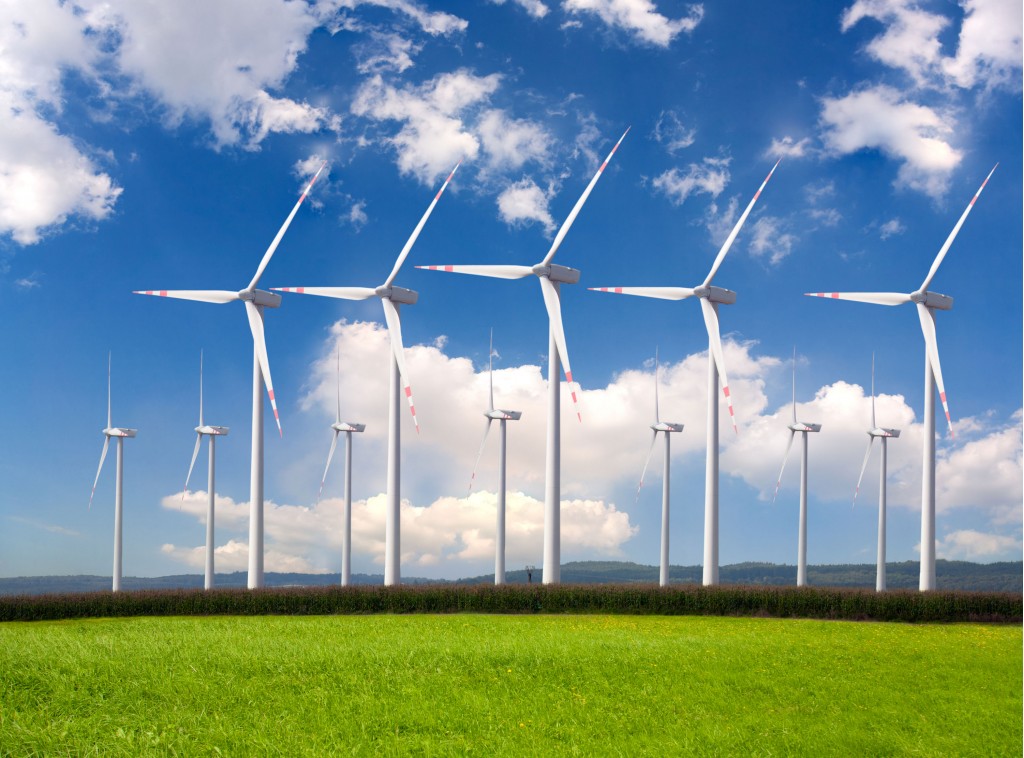Late last week, Congressional leaders reached an agreement on a $1.1 trillion spending bill that would fund the government through September.
The negotiations lasted until just days before members of Congress were set to leave Washington for the holiday season, creating concern over the potential for another government shutdown in the weeks leading up to that date.
While a shutdown was avoided, environmental advocates may not be entirely pleased with the resulting budget.
DON'T MISS: Natural-Gas Vehicles To Get Electric-Car Tax Credit In Transportation Bill?
Signed by President Barack Obama Friday, the spending deal cuts Environmental Protection Agency (EPA) funding to its lowest level since 2008, according to CNN.
The bill also included a provision to lift a decades-old ban on oil exports.
This could lead to increased domestic production, which in turn would "inevitably lead to more drilling, more spilling, and more global-warming pollution," said advocacy group Environment America.

Electric power plant outside Ithaca, New York
Congressional Republicans, meanwhile, hailed the measure as a victory both because of the expected economic boost to oil-producing states, and because reinstating oil exports is generally not supported by their Democratic opponents.
And a list of their talking points about the measure highlighted the EPA funding cut.
But lifting the ban on oil exports likely helped Democrats keep other measures meant to reduce carbon emissions in place.
ALSO SEE: EPA Issues Final Clean Power Plan Rules; Now The Fight Begins
Negotiators rejected numerous attempts to stop the Obama Administration from enforcing its Clean Power Plan, which limits carbon emissions from power plants.
Finalized over the summer, this new set of rules allows the EPA to use its Clean Air Act authority to regulate power plant emissions--something that has never been done before.
Among other things, the Clean Power Plan includes a mandate to cut electrical utilities' carbon emissions 32 percent from 2005 levels by 2030.

wind farm
It is also expected to curtail construction of new coal-fired power plants, and force a greater reliance on renewable energy.
The rules call for renewable sources to eventually account for 28 percent of U.S. electrical-generation capacity.
MORE: Renewable Energy Doing So Well That Subsidies Could End: Energy Secretary Moniz
Despite the cuts in EPA funding, the Obama Administration claims the agency will still have enough resources to enforce the Clean Power Plan rules.
In addition, the budget bill extends Federal tax credits for wind and solar power for four to six years.
_______________________________________________











